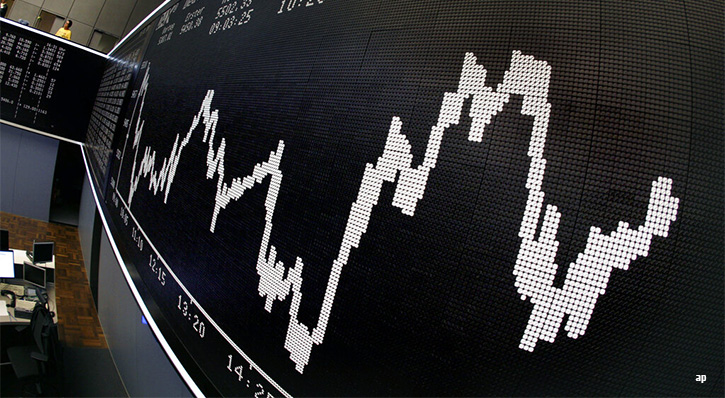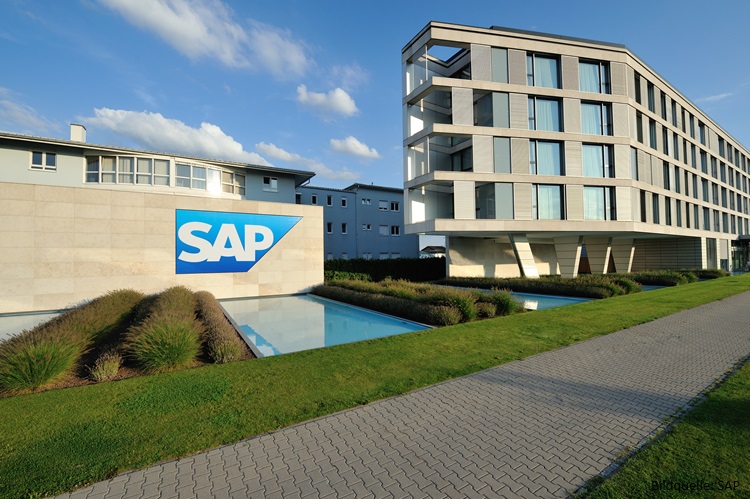Rolle im Portfolio
The db x-trackers STOXX Global Select Dividend 100 ETF provides equity exposure to the highest dividend paying companies in America, Europe and Asia/Pacific. The index correlated 36% with the MSCI World Index over the last three years and therefore offers some diversification benefits within a broader equity allocation.
As the index is well diversified across well over 10 countries and sectors around the globe, this ETF is best deployed as a core holding in a well diversified portfolio.
During the financial crisis many firms which were traditionally big dividend payers--in particular banks--had to cut their payouts and saw their share prices fall as investors fled to safe-havens. However, cost-cutting exercises left many companies with huge cash reserves which are now being returned to investors, in some cases even topping pre-crisis dividend payout levels. In particular, the utilities sector--representing 20% of the index’s value--often attracts investors because it has historically produced strong, stable cash flows and dividends.
As of 30 of April 2013 the fund had a dividend yield of 4.5%. In contrast, the dividend yield for the MSCI World Index was 2.7%. We see this ETF as suitable for investors with a favourable outlook on the global economy and in particular for those pursuing an income-enhancing strategy.
Because this fund’s benchmark index weights constituents by dividend yield, not by market capitalisation, investors won’t necessarily find the largest and most stable companies among its top holdings. The largest component stock of the STOXX Global Select Dividend 100 Index is Pitney Bowes Inc, representing 2.0% of the index’s value. Annaly Capital Management Inc (2.0%) and Banco Santander (1.8%) complete the top three holdings.
Fundamentale Analyse
The global dividend outlook remains attractive. Many companies have deleveraged over the past months and years, leaving huge cash reserves on their balance sheets which are now being returned to investors. In particular, banks seemed to have cut their cash holdings by a good measure. According to the Wall Street Journal, cash deposited at European central banks dropped from a high of $1.42 trillion in September 2012 to $1.15 trillion by end Q1-13,. In addition, utilities remain an attractive sector for investors looking for high dividends as the free cash flow continues to increase. Meanwhile, industrial companies should benefit from increased profit margins on the back of falling commodity prices.
Despite stock markets around the world having a great start to the year, the underlying overall economic picture remains negative, though at varying degrees depending on the region. For example, the outlook for the US-economy is rather mixed. In the short-term, slowing demand from China and Europe, coupled with the government’s fiscal retrenchment and a weakening auto industry may curb economic expansion. However, low inflation and an improving housing market should keep the economy on an overall growth path.
In fact, recent data suggest that consumers continue to spend. Consumer sentiment hit a nearly 6-year high of 83.7 in May, up from 76.4 in April and beating expectations for a rise to 78.0. Government spending cuts have been offset by higher equity prices, a strengthening housing market and falling gasoline prices. Inflation fell for a second straight month in April, reaching 1.7% - below the Fed’s 2% inflation target.
Elsewhere, the Congressional Budget Office has reduced its 2013 federal fiscal deficit estimate to $642 billion from $845 billion on the back of a larger-than-expected surplus in April and received payments from Fannie Mae and Freddie Mac. The lower deficit is primarily driven by higher tax revenue, contained spending levels, a strong-than-expected economy and historical low interest rates. As some of the fiscal corrective measures have been introduced within the last year only, Morningstar’s analysts expect potentially better numbers in the years ahead.
The UK – the second largest country exposure in the index – only just avoided a triple dip recession, as GDP grew by 0.3% in Q1-13. The Bank of England kept its benchmark interest rate unchanged at its historical low level of 0.5% in May and also decided not to expand its quantitative easing programme. Due to falling oil prices, UK inflation slowed in April to 2.4% from 2.8% in March – below market expectations of 2.8%. However, as prices are still rising faster than wages, market participants fear this will continue to weigh on consumer spending and hold back the economic recovery.
Singapore – the third largest country exposure in the index – on the other hand posted surprisingly strong GDP growth in the first quarter, as the economy expanded by 0.8% y/y. For the full year, the economy is expected to expand by 2.8%, slightly above a previous consensus of 2.7%. However, the bulk of growth is expected to kick in only in the second half of the year, mainly driven by manufacturing and financial services.
Indexkonstruktion
The STOXX Global Select Dividend 100 Index provides exposure to Global equities. The number of index constituents is fixed and includes the 100 highest dividend paying stocks in America, Europe and Asia/Pacific relative to their home market. Stocks are screened by historical non-negative dividend-per-share rates and dividend to earnings-per-share ratios. The constituents are weighted by their indicated annual net dividend yield and not market capitalisation. Therefore, one will find smaller companies in the index then normally expect in a broad based global index. The component stocks are capped at 15% of the index’s value and reviewed annually in March. As of writing, the heaviest country exposure is the US (23% of the index’s value), followed by the UK (16%) and Singapore (11%). The index is heavily biased to financials which represent 42% of its value, followed by utilities (17%) and telecommunications (12%).
Fondskonstruktion
As of writing, there are only two alternative providing exposure to global dividend stocks. The largest in terms of AUM is the iShares STOXX Global Select Dividend 100 (DE) ETF, using full replication and charging a TER of 0.45%. In addition, ETF Securities offers the swap-based ETFX Dow Jones Global Dividend Fund. The index is far less biased towards the US (17%), while Australia (18%) represents the largest share of the index. However, investors should keep in mind that with €5.6 million in AUM this ETF is only about 2% the size of the db x-trackers STOXX Global Select Dividend 100. However, there is no shortage of ETFs providing global equity exposure. The largest ETF in terms of total assets under management is the iShares MSCI World ETF, which uses optimised physical replication. The index is a market capitalisation weighted index representing 24 developed countries. The MSCI World is comprised of around 1600 stocks, heavily overweighting US equities (54% of the index’s value), followed by the UK (9%) and Japan (9%) On a sector level, financials are the biggest exposure representing about 21% of the index. This alternative is most suitable for investors with a stronger view on the US economy and a less bullish view on the UK compared to the ETF discussed here.
Gebühren
The fund levies a total expense ratio of 0.50%. This falls in the upper of the range for ETFs tracking global equity income. However, investors will incur additional costs on top of the published TER, e.g. bid-ask spreads, swap fees and brokerage fees when buying or selling ETFs.
Alternativen
The STOXX Global Select Dividend 100 Index provides exposure to Global equities. The number of index constituents is fixed and includes the 100 highest dividend paying stocks in America, Europe and Asia/Pacific relative to their home market. Stocks are screened by historical non-negative dividend-per-share rates and dividend to earnings-per-share ratios. The constituents are weighted by their indicated annual net dividend yield and not market capitalisation. Therefore, one will find smaller companies in the index then normally expect in a broad based global index. The component stocks are capped at 15% of the index’s value and reviewed annually in March. As of writing, the heaviest country exposure is the US (27% of the index’s value), followed by the UK (15%) and Singapore (8%). The index is heavily biased to financials which represent 35% of its value, followed by utilities (20%) and telecommunications (11%).
Die in diesem Artikel enthaltenen Informationen dienen ausschließlich zu Bildungs- und Informationszwecken. Sie sind weder als Aufforderung noch als Anreiz zum Kauf oder Verkauf eines Wertpapiers oder Finanzinstruments zu verstehen. Die in diesem Artikel enthaltenen Informationen sollten nicht als alleinige Quelle für Anlageentscheidungen verwendet werden.
















